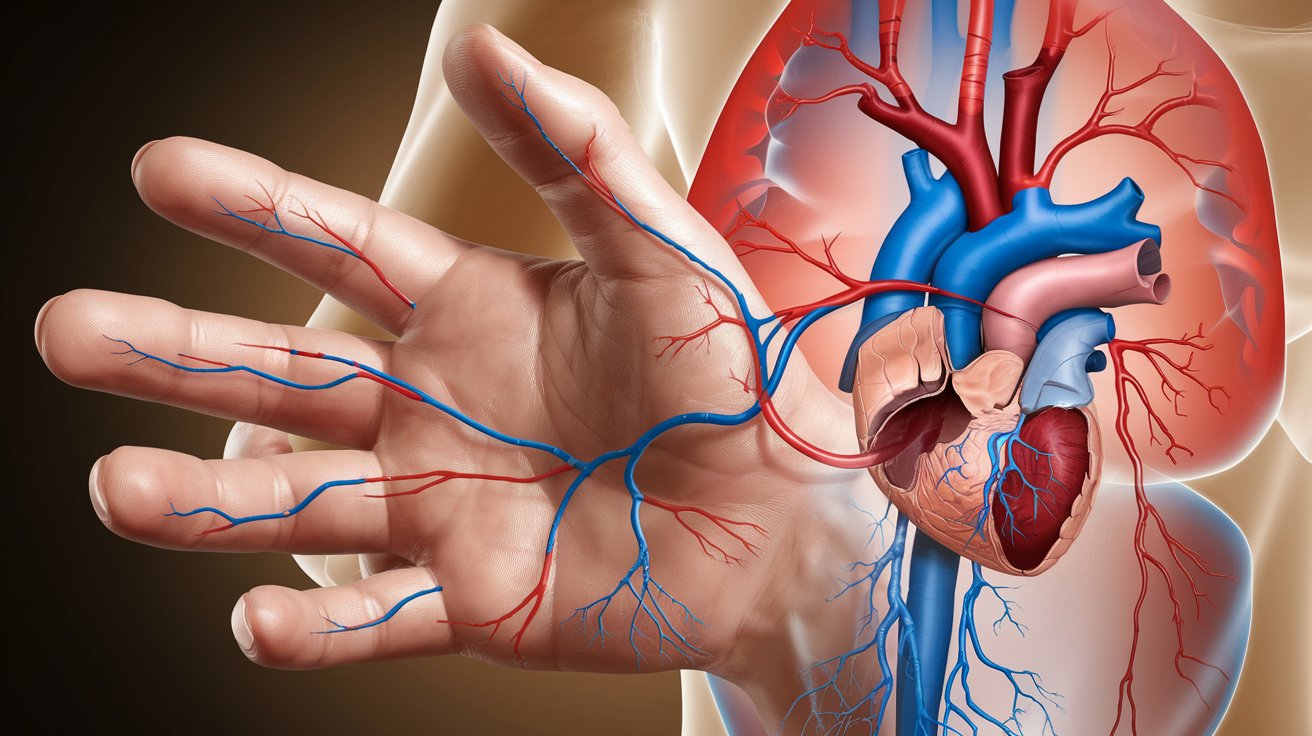
Polysyndactyly cardiac malformation is a rare condition that combines extra fingers or toes with heart defects. This unusual pairing can affect a person's life in many ways, from physical challenges to emotional hurdles. Understanding this condition is crucial for those affected and their families. In this blog post, we'll explore 25 fascinating facts about polysyndactyly cardiac malformation. You'll learn about its causes, symptoms, and treatments, as well as some inspiring stories of people living with it. Whether you're a medical student, a parent, or just curious, this information will provide valuable insights into this complex condition.
Key Takeaways:
- Polysyndactyly Cardiac Malformation combines extra fingers/toes with heart defects. Genetic factors play a role, and early detection and multidisciplinary treatment are crucial for managing this rare condition.
- Genetic factors and family history play a significant role in Polysyndactyly Cardiac Malformation. Early detection, surgical intervention, and ongoing support can improve outcomes and quality of life for affected individuals.
What is Polysyndactyly Cardiac Malformation?
Polysyndactyly cardiac malformation is a rare congenital condition that combines two distinct anomalies: polysyndactyly and congenital heart defects. Polysyndactyly refers to the presence of extra fingers or toes, while cardiac malformations involve structural abnormalities of the heart. This combination can present unique challenges for diagnosis and treatment.
- Polysyndactyly is characterized by having more than five fingers or toes on one hand or foot.
- Cardiac malformations can range from minor defects to severe structural issues that affect heart function.
- The condition is often detected through prenatal ultrasound or shortly after birth.
- Genetic factors play a significant role in the development of polysyndactyly cardiac malformation.
- The condition can be part of a syndrome, such as Holt-Oram syndrome or Ellis-van Creveld syndrome.
Genetic Factors and Inheritance
Understanding the genetic basis of polysyndactyly cardiac malformation is crucial for diagnosis and family planning. Genetic counseling can help families understand the risks and implications.
- Mutations in specific genes, such as TBX5 and EVC, are linked to this condition.
- The condition can be inherited in an autosomal dominant or autosomal recessive manner.
- Genetic testing can identify mutations that cause polysyndactyly cardiac malformation.
- Family history of congenital anomalies increases the risk of having a child with this condition.
- Consanguinity, or marriage between close relatives, can increase the likelihood of genetic disorders.
Diagnosis and Detection
Early detection of polysyndactyly cardiac malformation is essential for effective management and treatment. Various diagnostic tools are used to identify the condition.
- Prenatal ultrasound can detect physical anomalies in the fetus.
- Echocardiography is used to assess heart structure and function.
- Genetic testing can confirm the diagnosis and identify specific mutations.
- Physical examination at birth can reveal extra digits and other physical anomalies.
- MRI and CT scans provide detailed images of the heart and limbs.
Treatment and Management
Managing polysyndactyly cardiac malformation requires a multidisciplinary approach involving pediatricians, cardiologists, and orthopedic surgeons. Treatment plans are tailored to the individual needs of the patient.
- Surgical removal of extra digits is often performed to improve function and appearance.
- Cardiac surgery may be necessary to correct heart defects.
- Regular follow-up with a cardiologist is essential for monitoring heart health.
- Physical therapy can help improve mobility and strength in affected limbs.
- Genetic counseling provides support and information for affected families.
Living with Polysyndactyly Cardiac Malformation
Living with this condition can present unique challenges, but with proper care and support, individuals can lead fulfilling lives. Awareness and education are key to improving quality of life.
- Early intervention and treatment improve outcomes for affected individuals.
- Support groups and online communities offer emotional support and resources.
- Advances in medical technology continue to improve treatment options.
- Education and awareness campaigns help reduce stigma and promote understanding.
- Ongoing research aims to uncover new treatments and improve quality of life for those affected.
Understanding Polysyndactyly Cardiac Malformation
Polysyndactyly cardiac malformation is a rare condition combining extra fingers or toes with heart defects. Knowing the symptoms and seeking early medical advice can make a big difference. Treatment usually involves surgery, but the specifics depend on the individual's unique situation. Genetic counseling can also be helpful for families dealing with this condition.
Raising awareness about polysyndactyly cardiac malformation is crucial. It helps ensure early diagnosis and better outcomes. If you or someone you know is affected, don't hesitate to reach out to healthcare professionals for guidance and support.
By staying informed and proactive, we can improve the quality of life for those living with this complex condition. Remember, knowledge is power, and understanding the facts can lead to better health and well-being.
Frequently Asked Questions
Was this page helpful?
Our commitment to delivering trustworthy and engaging content is at the heart of what we do. Each fact on our site is contributed by real users like you, bringing a wealth of diverse insights and information. To ensure the highest standards of accuracy and reliability, our dedicated editors meticulously review each submission. This process guarantees that the facts we share are not only fascinating but also credible. Trust in our commitment to quality and authenticity as you explore and learn with us.
